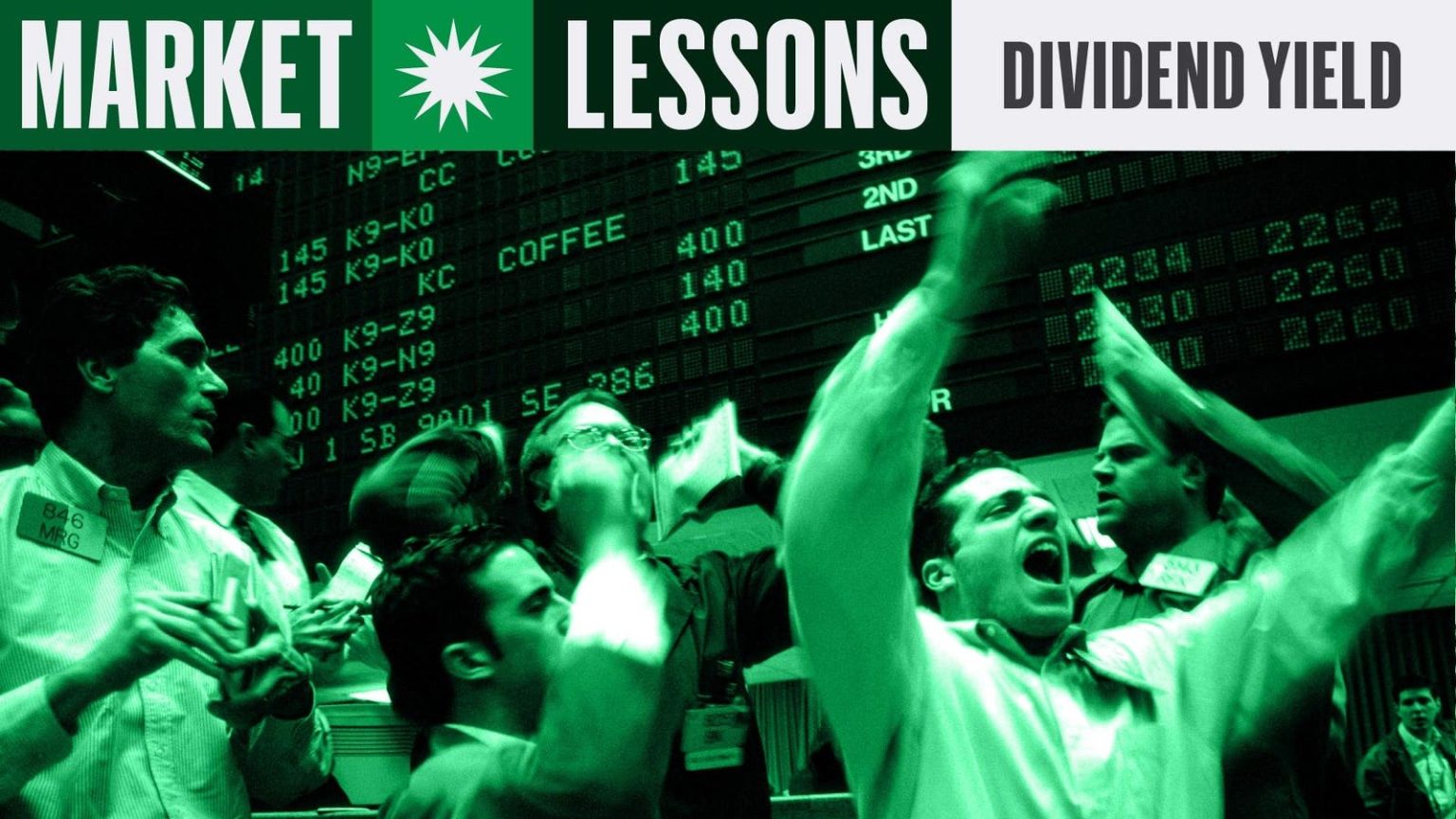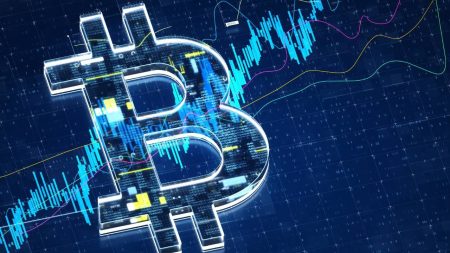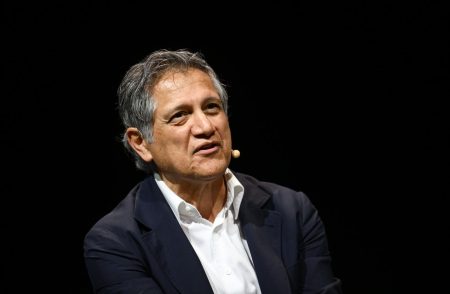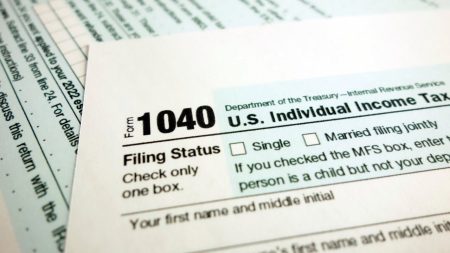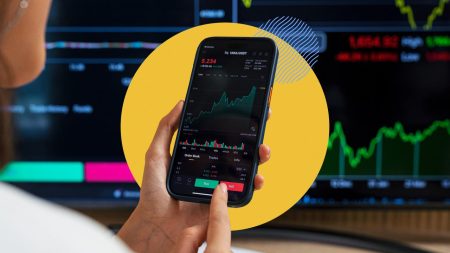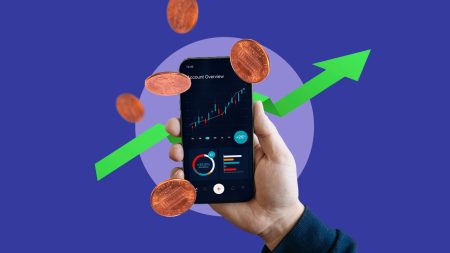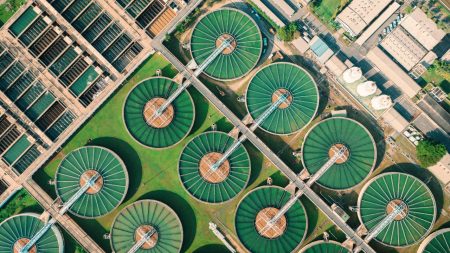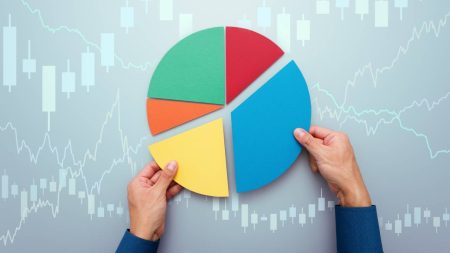Written by Hyunsoo Rim and Segun Olakoyenikan; Edited by William Baldwin
Yield is defined as cash dividends paid over the past four quarters, divided by share price. For many investors, it is tied with the price/earnings ratio at the top of investors’ go-to list.
The table below highlights blue chips with fat yields: Verizon, Ford Motor and United Parcel Service among them. They give much more immediate gratification than the average U.S. stock, now yielding 1.4%. (The table excludes pass-through entities like business lenders, pipeline partnerships and real estate investment trusts.)
Under one theory of the capital market, dividends are the sole reason to own a stock. A stock’s value is supposedly equal to the discounted present value of all its future dividends. This so-called dividend discount model is, however, looking less relevant as dividends become passé.
Of not quite 2,000 U.S. companies in the YCharts database with market values of at least $1 billion, 43% pay no dividends. Some, like Goodyear Tire, are too weak financially to let go of cash; some, like Tesla, are pouring profits back into the business; and some, like O’Reilly Automotive, distribute profits by buying in shares.
While generous payouts are much appreciated by people trying to live off their portfolios, they come with downsides.
One is that you can have a high yield or a high growth rate but not both. A company disbursing big quarterly checks is unlikely to enjoy rapid gains in earnings per share. That puts a lid on future dividend increases.
Next is that sometimes a big dividend may be unsustainable. General Motors paid 50 cents every quarter between 1997 and 2005. Then it went bankrupt, wiping out shareholders, who got none of the new shares. The high yielders in the table have payout rates (fraction of earnings distributed as dividends) below 100%. Cautious dividend investors want payout rates well below 100%.
Finally, there is the possibility that a dividend payer is in a business destined to decay. Earnings at Altria Group, maker of Marlboros, are holding up for now, by dint of price increases. But the customers are dying off. In the March quarter cigarette unit volume was off 10% from a year earlier.
Something like that is probably in store for the companies that extract, ship or refine fossil fuels. Oil companies have high dividend yields and low P/E multiples for a reason.
The list of big payers includes two kinds: companies paying the old-fashioned way, with quarterly checks, and then companies distributing cash via the more tax-efficient route of share buybacks.
HIGH CASH YIELDS
HIGH BUYBACK YIELDS
MORE FROM FORBES
Read the full article here







